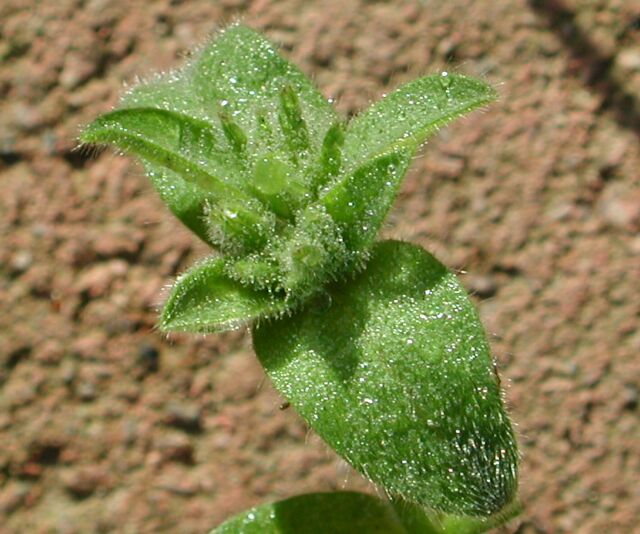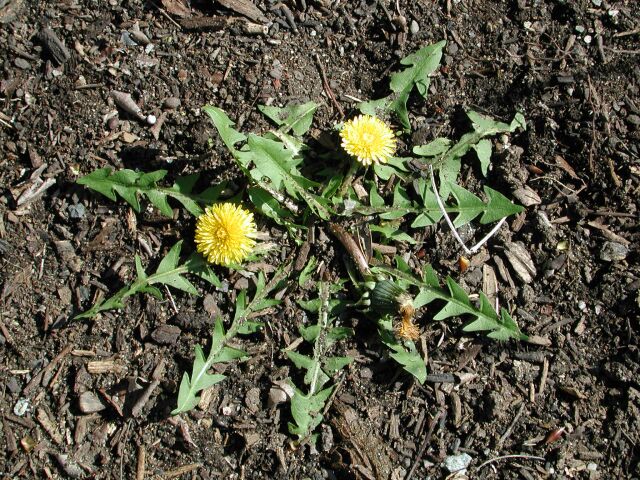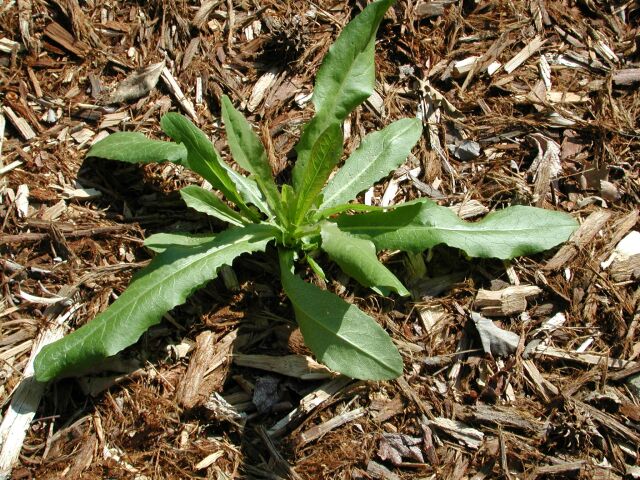This is a project that I started a year ago when one of our rose society members asked for an article on weed control. In order to come up with an article on weed control a weed list had to be gathered and correct identifications sought. This is where I stopped as I found it very frustrating to get the various weeds correctly identified. I did various searches in the internet and I consulted a few popular weed books, and with exception of maybe half dozen weeds, those sources were not any help. This year, I decided to continue to gather the list and get correct identifications from local experts.
The next step is to develop a list of control practices for the home garden. I am also gathering a herbicide list that homeowners can use for controlling their weeds in the home setting. For this I visited two local nurseries and two professional landscape suppliers in the area - Orchard Supply of Sacramento and United Horticultural Supply. Sorry there are no biological control agents available for the weeds that I have found but there are plenty of cultural practices that I plant to list later in the month. Stayed tuned for more.
![]()
BROADLEAF WEEDS - March 2001

Bedstraw, Galium aparine

Common Chickweed, Stellaria media

Mouse Eared Chickweed

Common Tansy, Senecio vulgaris

Cranesbill, Geranium dissectum

Curly Dock, Rumex crispus

Dandelion, Taraxacum officinale

Diachondra

Epilobium ciliatum

Knotweed

Oxalis

Prickly Lettuce

Prickly Sowthistle, Sonchus sp.

Veronica sp. possibly persica

Vinca major infestation from the old, old neighbors back in 1978

Epilobium brachycarpum on the left and Conyza sp. probably bonariensis but maybe floribunda

Spergularia sp. This weed looks just like a grass.
GRASSES -- March 2001

Annual blue grass: The most common weed in my garden. Where are the sheep when you need them?

Grass #2

Avena Grass: I am pretty sure that this is Avena grass but I have to wait for it produce seed in order for the correct identification. It is uncommon in my yard.

This is probably Ripgut Brome. My neighbor has lots of it going into seed. This is a nasty grass because of its seeds that work their way into my socks and into my pets' fur.

Bermudagrass stolon

This is how I collected samples of the weeds of my yard. I took an old CA Computer News and I stuffed it full of weeds. I then took the samples to my colleagues and they identified the samples.<

This is another group of weeds that got identified. It was a good thing that I had samples as the identifications could not have been made without them.
I would like to thank my colleagues, Don Joley and Fred Hrusa of the California Department of Food and Agriculture, for helping in the identification of the above weeds. Additional weeds are being identified and will be posted later in March. Other weeds, like nutgrass, spurge, and nutsedge, will be illustrated as they emerge from their overwintering seeds/nutlets.
![]()
If you have any questions or constructive comments, I would love to hear from you, please send e-mail to Baldo Villegas